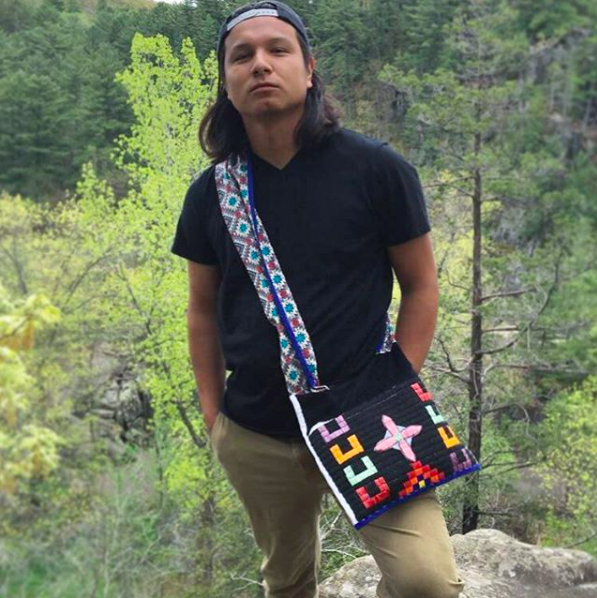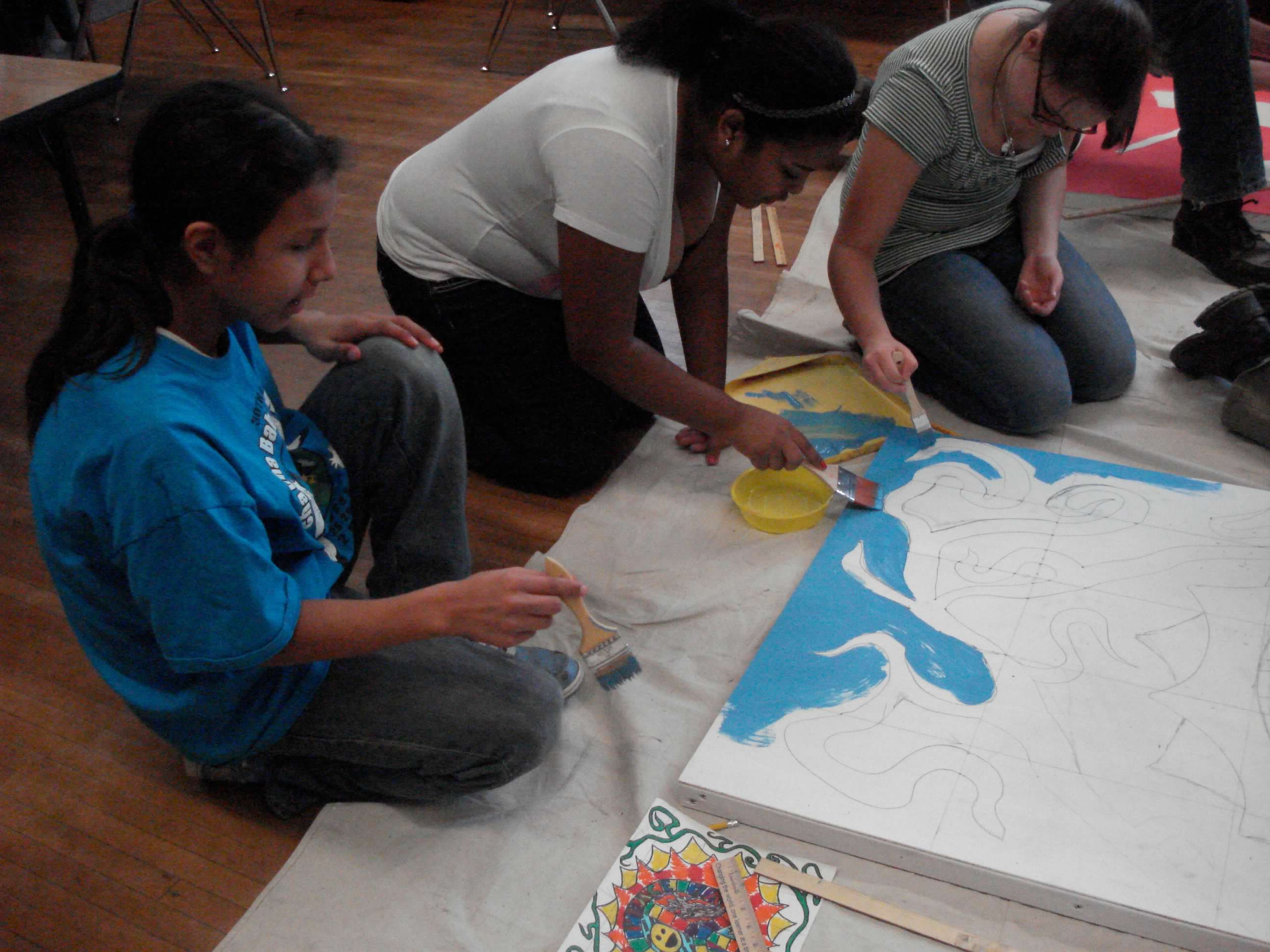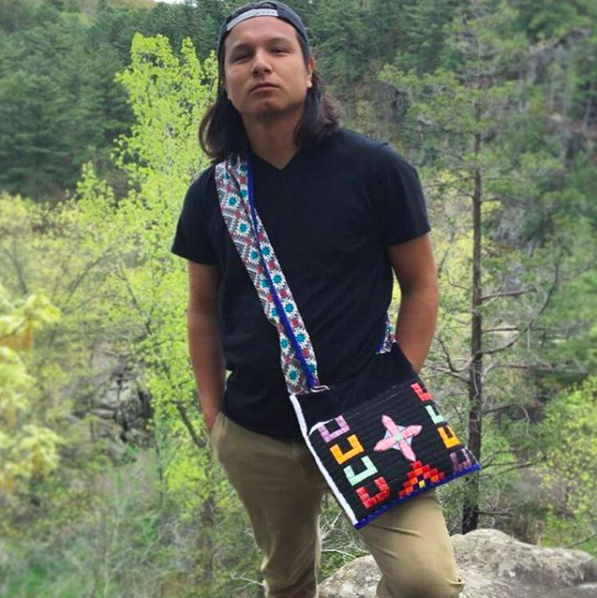November 6, 2020
Honoring Native American Heritage in the Classroom
Christopher Baatwiwiitan Oquist •
 Back in sixth-grade, I remember learning about colonization — but not just through the routine paragraph in a history textbook that tried to comprehensively describe, in only a few sentences, the rich and complex heritage, history and culture of Native people who were colonized. I remember the Indian* leaders we learned about, and the history behind the movie “Bury My Heart at Wounded Knee.” Most meaningful to me was hearing the lived stories and experiences from Native people that my teachers invited into our classroom.
Back in sixth-grade, I remember learning about colonization — but not just through the routine paragraph in a history textbook that tried to comprehensively describe, in only a few sentences, the rich and complex heritage, history and culture of Native people who were colonized. I remember the Indian* leaders we learned about, and the history behind the movie “Bury My Heart at Wounded Knee.” Most meaningful to me was hearing the lived stories and experiences from Native people that my teachers invited into our classroom.
As a descendant of the Ojibwe people and member of the Grand Portage Chippewa Tribe, it mattered to me as a student to feel seen and recognized in our middle school classroom. But that’s not the only importance; these conversations are good for all students and not just native students to build a sense of community.
I hope to bring my experience to my new role as an Associate Educator where I will get to co-teach an Ojibwe class. I have a lot of knowledge about cultural teachings that others do not have, so I am dedicated to bringing culturally relevant activities and a unique perspective to the classroom.
 While not all teachers share my identity or experiences — considering 4 out of 5 teachers nationally identifies as white and only 2% of the nation identifies as American Indian or Alaskan Native — all educators can participate in Native American Heritage Month. Educators can engage by ensuring their curriculum is culturally responsive and represents Indigenous peoples’ histories and cultures — which are often underrepresented and overlooked in American history — throughout the year.
While not all teachers share my identity or experiences — considering 4 out of 5 teachers nationally identifies as white and only 2% of the nation identifies as American Indian or Alaskan Native — all educators can participate in Native American Heritage Month. Educators can engage by ensuring their curriculum is culturally responsive and represents Indigenous peoples’ histories and cultures — which are often underrepresented and overlooked in American history — throughout the year.
Native American Heritage Month is a time to celebrate rich and diverse culture, traditions, and histories and to acknowledge the important contributions of Native people. It’s also an opportune time to educate the general public about indigenous nations, to raise general awareness about the unique challenges Native people have faced both historically and in the present, and the ways in which tribal citizens have worked to conquer these challenges.
 And for teachers who do not identify as Native, there are many ways to commemorate this month meaningfully. Teachers, when possible, should find someone in their community who can provide insights about Indigenous cultures, such as a community elder to share stories relevant to the curriculum, and more. My family was always invited to different schools to dance on what we called Native American Family Involvement Day. People still remember times when I came to dance at schools, even though it was years ago.
And for teachers who do not identify as Native, there are many ways to commemorate this month meaningfully. Teachers, when possible, should find someone in their community who can provide insights about Indigenous cultures, such as a community elder to share stories relevant to the curriculum, and more. My family was always invited to different schools to dance on what we called Native American Family Involvement Day. People still remember times when I came to dance at schools, even though it was years ago.
I encourage educators to see what your school districts offer, which depending on where you live, may differ. The Minneapolis school district, for example, hosts a student group, the Oyate Student Board. Oyate’ means ‘the people’ in Dakota. The Oyate Board plans native heritage celebrations, such as school assemblies with indigenous songs, dance, and storytelling.
Some students like to do smudging, a ritual of burning sacred herbs, and share about traditional medicines and the teachings behind it, and sometimes students dress in their regalia.
 And while opportunities like this may vary, there are still always ways to integrate Native history and culture into a curriculum that is historically accurate and in a way that does not tokenize Indigenous people. Students should learn about the code talkers and past Native chiefs, as well as significant leaders today, like the Indigenous women who are in Congress.
And while opportunities like this may vary, there are still always ways to integrate Native history and culture into a curriculum that is historically accurate and in a way that does not tokenize Indigenous people. Students should learn about the code talkers and past Native chiefs, as well as significant leaders today, like the Indigenous women who are in Congress.
Below are a few resources to honor the heritage and histories of Native peoples and further their representation in curricula:
- Native American Heritage Month Resources for Teachers
- Distance Learning Student Programs at the National Museum of the American Indian
- PBS Learning Media: Native American Heritage Lessons
- Find Out Which Native Land Your School is On
- Native Words, Native Code Talkers: Lesson Plan, National Museum of the American Indian
*Christopher uses the terms Native, Indian, American Indian, and Native American to describe his identity and heritage.
Spread the Word
![]()
Currently Reading
Honoring Native American Heritage in the Classroom
